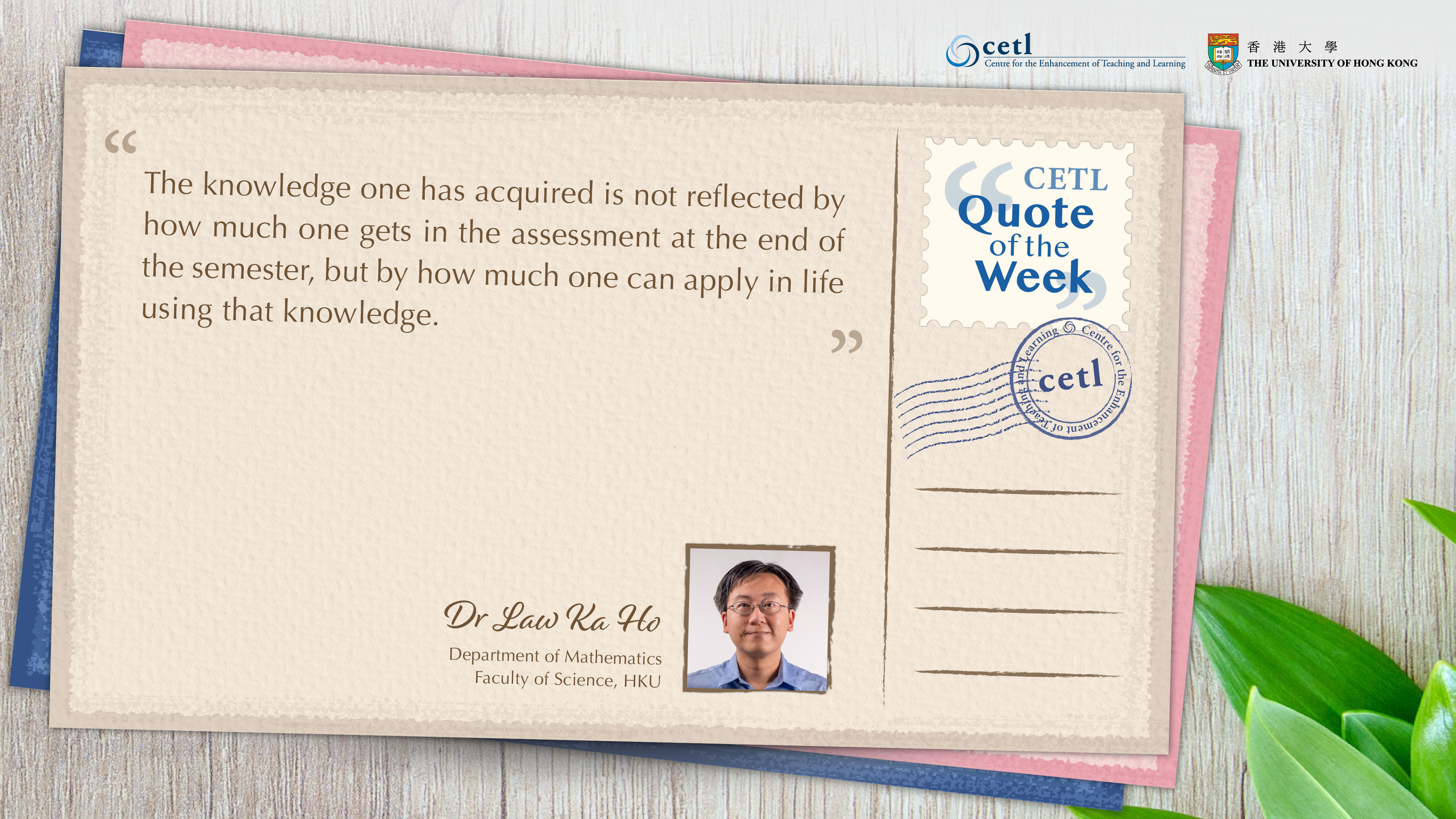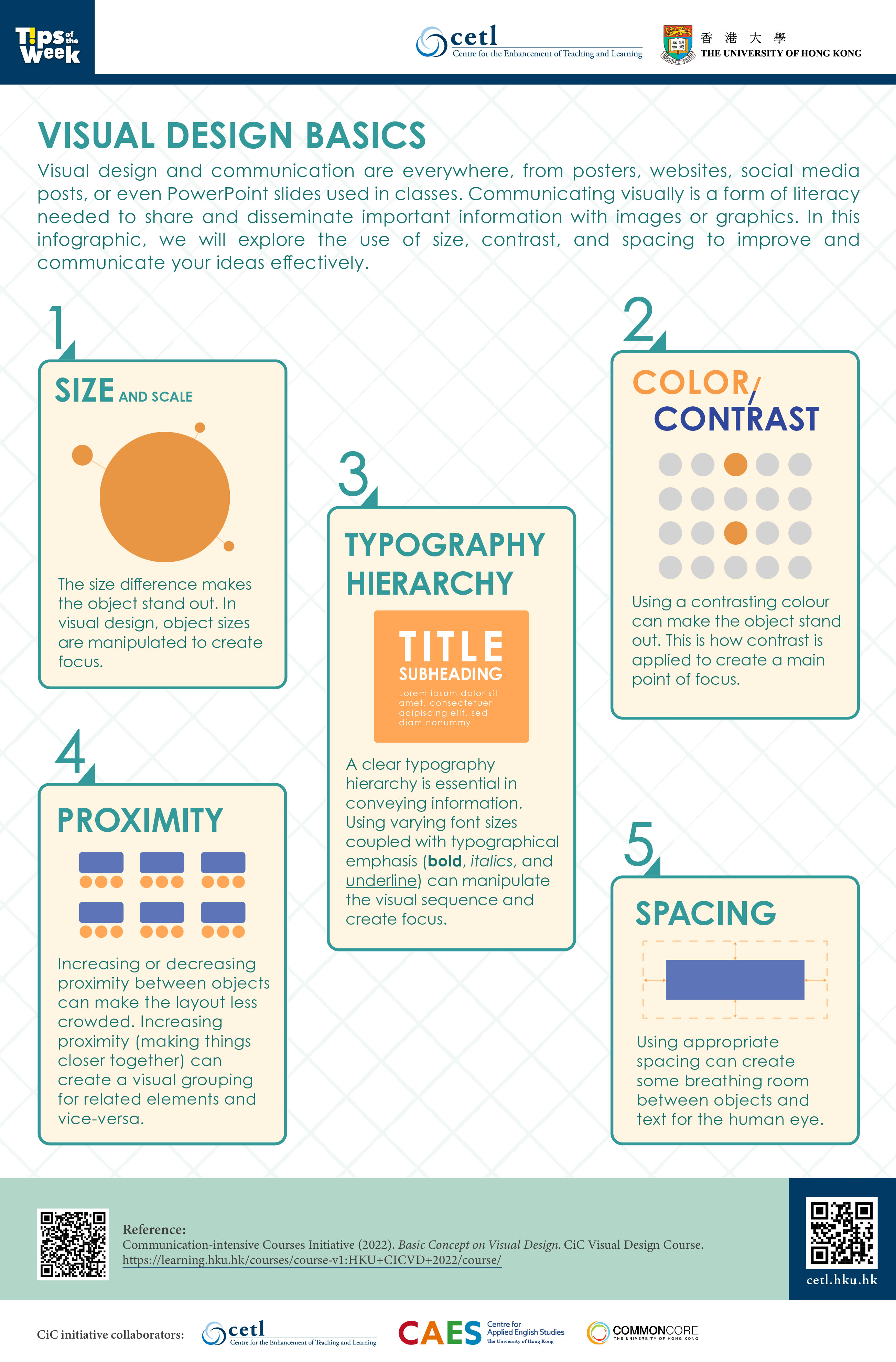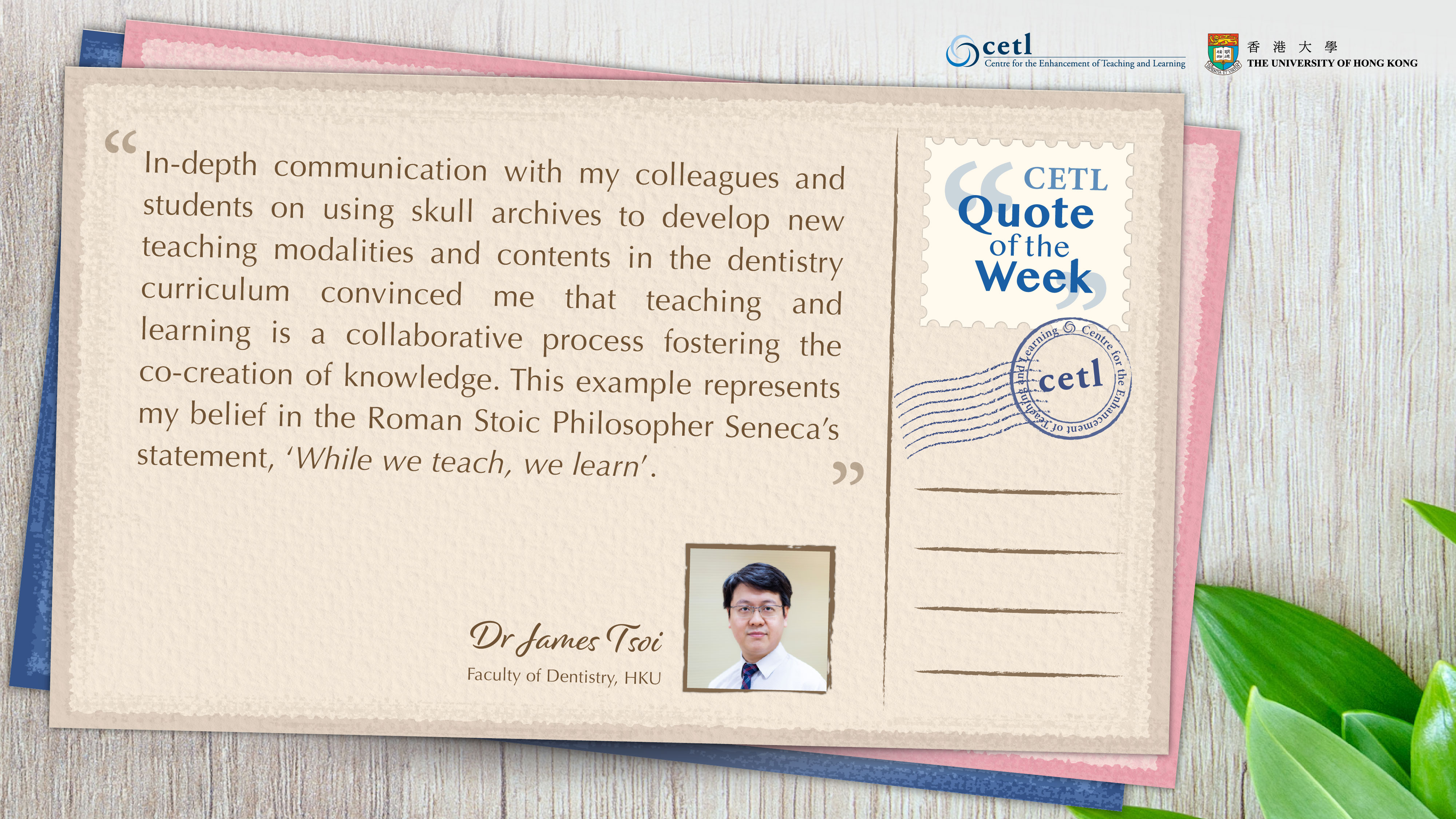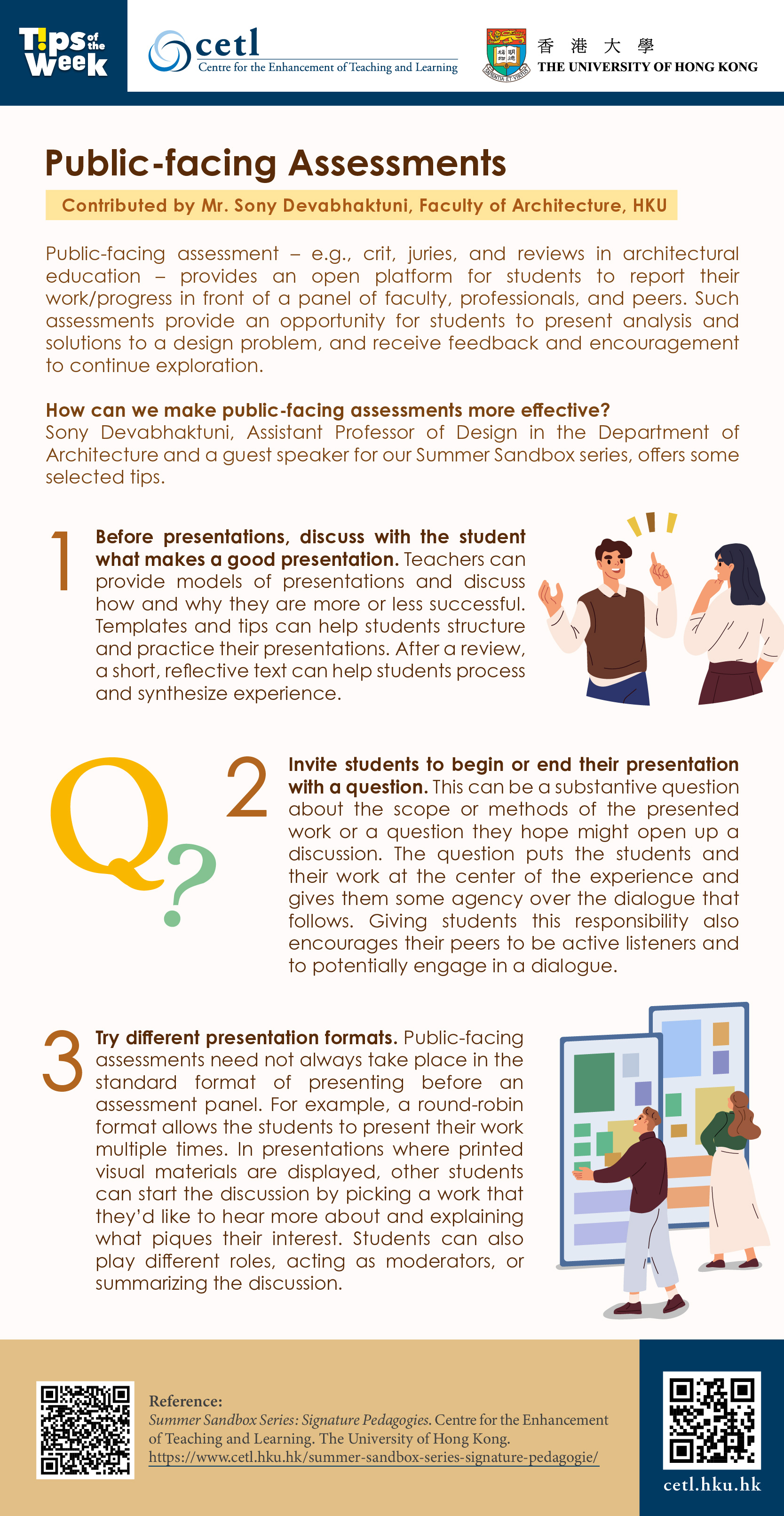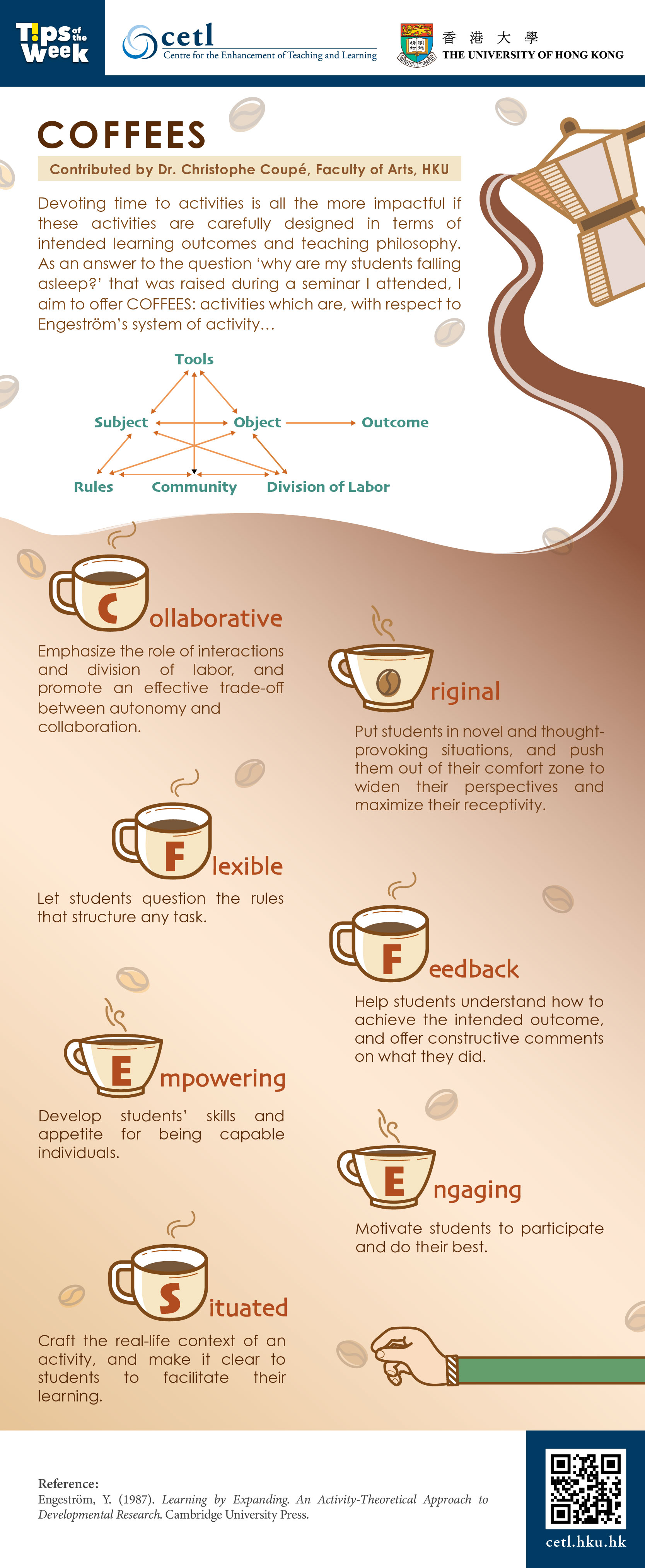
CETL Tips of the Week – COFFEES
Contributed by Dr. Christophe Coupé, Faculty of Arts, HKU Devoting time to activities is all the more impactful if these activities are carefully designed in terms of intended learning outcomes and teaching philosophy. As an answer to the question ‘why are my students falling asleep?’ that was raised during a seminar I attended, I aim to offer COFFEES: activities which are, with respect to Engeström’s system of activity…
- Collaborative
Emphasize the role of interactions and division of labor, and promote an effective trade-off between autonomy and collaboration. - Original
Put students in novel and thought- provoking situations, and push them out of their comfort zone to widen their perspectives and maximize their receptivity. - Flexible
Let students question the rules that structure any task. - Feedback
Help students understand how to achieve the intended outcome, and offer constructive comments on what they did. - Empowering
Develop students’ skills and appetite for being capable individuals. - Engaging
Motivate students to participate and do their best. - Situated
Craft the real-life context of an activity, and make it clear to students to facilitate their learning.
- Engeström, Y. (1987). Learning by Expanding. An Activity-Theoretical Approach to Developmental Research. Cambridge University Press.
Posting date: 9-Dec-2022




